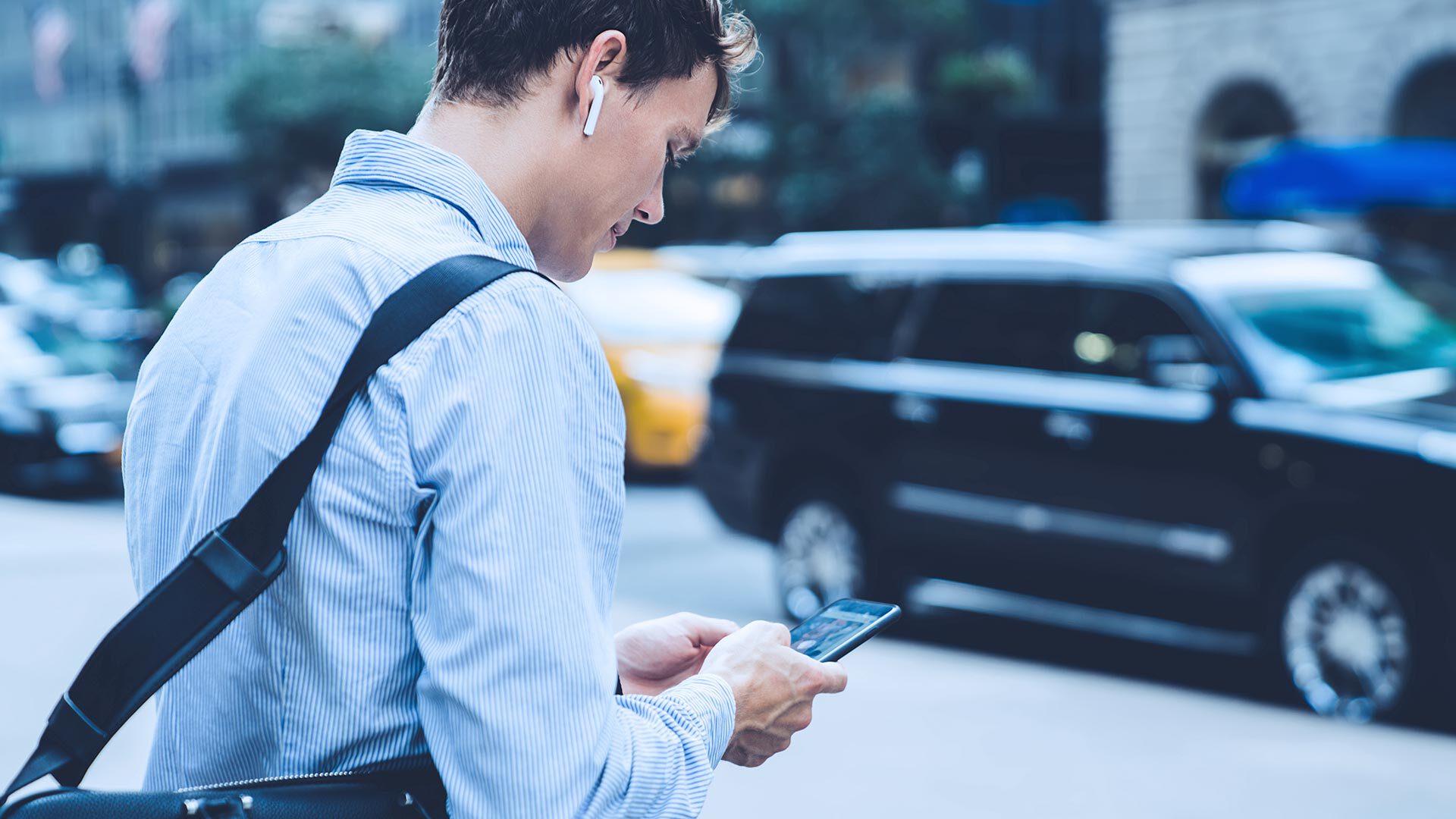In addition to the regulatory approvals for Bluetooth® products, an additional approval according to the requirements of the Bluetooth® SIG is necessary for a market launch. Every Bluetooth® enabled device must be qualified according to the “Bluetooth® SIG Qualification Program”.
The manufacturer can officially use Bluetooth® technology and the associated Bluetooth® trademark, which is a quality mark for the worldwide compatibility of Bluetooth® devices, only with a successful Bluetooth® SIG certification. With our labs in Saarbruecken (Germany) and Anyang (Korea), which are both officially accredited Bluetooth® Qualification Test Facilities (BQTF) with recognized Bluetooth® Qualification Consultants (BQC), we at cetecom advanced provide a wide range of testing services.

A device with Bluetooth® technology must undergo testing in accordance with the Bluetooth® SIG Qualification Program, in order qualify as a licensed product bearing the Bluetooth® trademark and to be permitted to use the Bluetooth® logo.
Despite the fact that a process of self-qualification is allowed, working with a BQC helps to avoid potential errors during Bluetooth® qualification. When submitting their products for approval, manufacturers also receive helpful assistance.
As a BQTF, we offer the following Bluetooth® qualification services to our customers:
The Bluetooth® SIG currently offers manufacturers two different paths to Bluetooth® SIG certification.
It is important to note that only so-called “Bluetooth Qualification Test Facilities” (BQTF) are permitted
to carry out official tests in accordance with the specifications of the Bluetooth® SIG.
You can find all of the officially listed Bluetooth® Qualification Test Facilities here.
For Saarbruecken:
| Authorized Test Scope | RF:1, RFPHY:2 |
|---|---|
| Facility Name | cetecom advanced GmbH |
| Address | Untertuerkheimerstr 6-10, 66117 Saarbrücken |
| Economy | Germany |
| Contact | joerg.warken@cetecomadvanced.com |
| Rec. Expiry Date | 10/27/2024 |
For Anyang:
| Authorized Test Scope | RF:1, RFPHY:2, Traditional Profiles and Protocols, GATT-Based Profiles & Services |
|---|---|
| Facility Name | CETECOM Limited |
| Address | RN. 219, Dusanventuredigm, 415, Heungan-daero, Dongan-gu, Anyang-si, Gyeonggi-do, 14059, South Korea |
| Economy | South Korea |
| Contact | michael.jang@cetecom.com |
| Rec. Expiry Date | 11/8/2024 |
The acceptance of the tests and the resulting approval in accordance with the Bluetooth® guidelines can only be carried out by a certified “Bluetooth® Qualification Consultant”. Only after successful completion of all tests, the Bluetooth® logo may be applied to the products in order to market them accordingly.
The Bluetooth® certification of a product demonstrates that this product complies with all specifications of Bluetooth® technology and is capable of establishing appropriate connections with other Bluetooth®-enabled devices. This means that business and private customers can rely on the compatibility / interoperability of their own products / systems with all other products that have successfully passed a Bluetooth® SIG qualification.
Yes. If manufacturers want to market a product that incorporates Bluetooth® technology, it is mandatory to qualify and list this product with the Bluetooth® Special Interest Group (SIG). After successful qualification, products including the Bluetooth® logo can be marketed accordingly. Without a Bluetooth® SIG qualification or other violations of labeling requirements, there is a risk of legal consequences.
Proper qualification of products in accordance with the Bluetooth® SIG licensing regulations is a mandatory prerequisite for marketing the products. Thus, the certification must be done at the latest by the day the products are placed on the market.
The correct listing of the product can be verified via the Bluetooth® database.
In order to be allowed to label and sell a product with the Bluetooth® logo, a company must be a member of the Bluetooth® SIG. Depending on the type of Bluetooth® SIG membership, there are different models of qualification fees:
Only after receipt of payment and successful Bluetooth® SIG certification a declaration ID will be issued. This is stored online by the SIG and is used to verify correctly declared Bluetooth® products. For economic operators who distribute the products of other companies without modifications, there is no obligation to become a member.
To ensure that a product is legally safe and correctly marked with the Bluetooth® trademark or logo, three criteria must be met:
Detailed information on branding and the correct display / placement of the Bluetooth® logo
can be found on the Bluetooth® SIG marketing page.